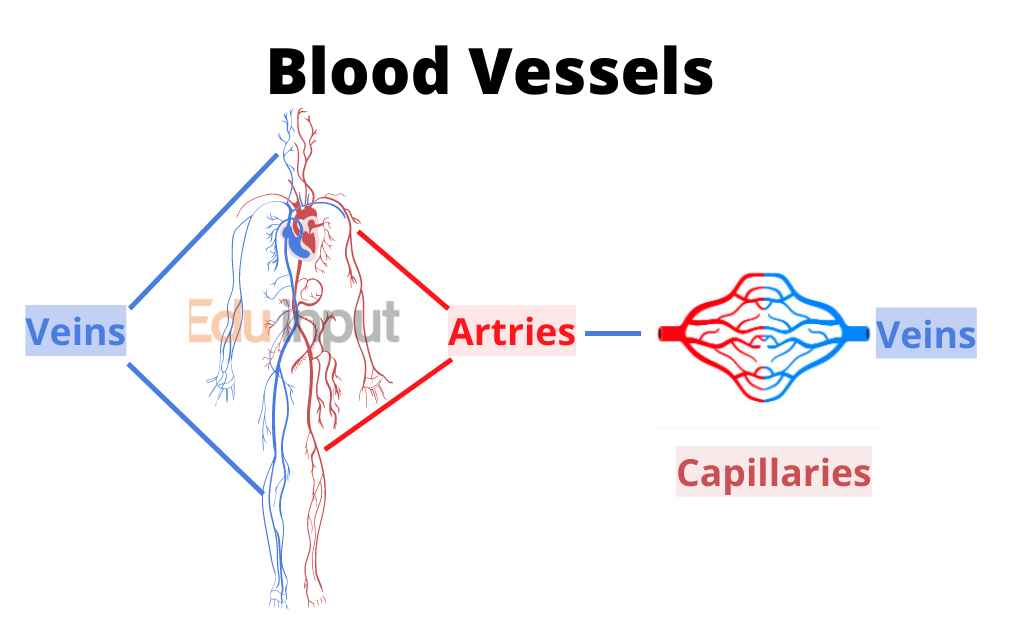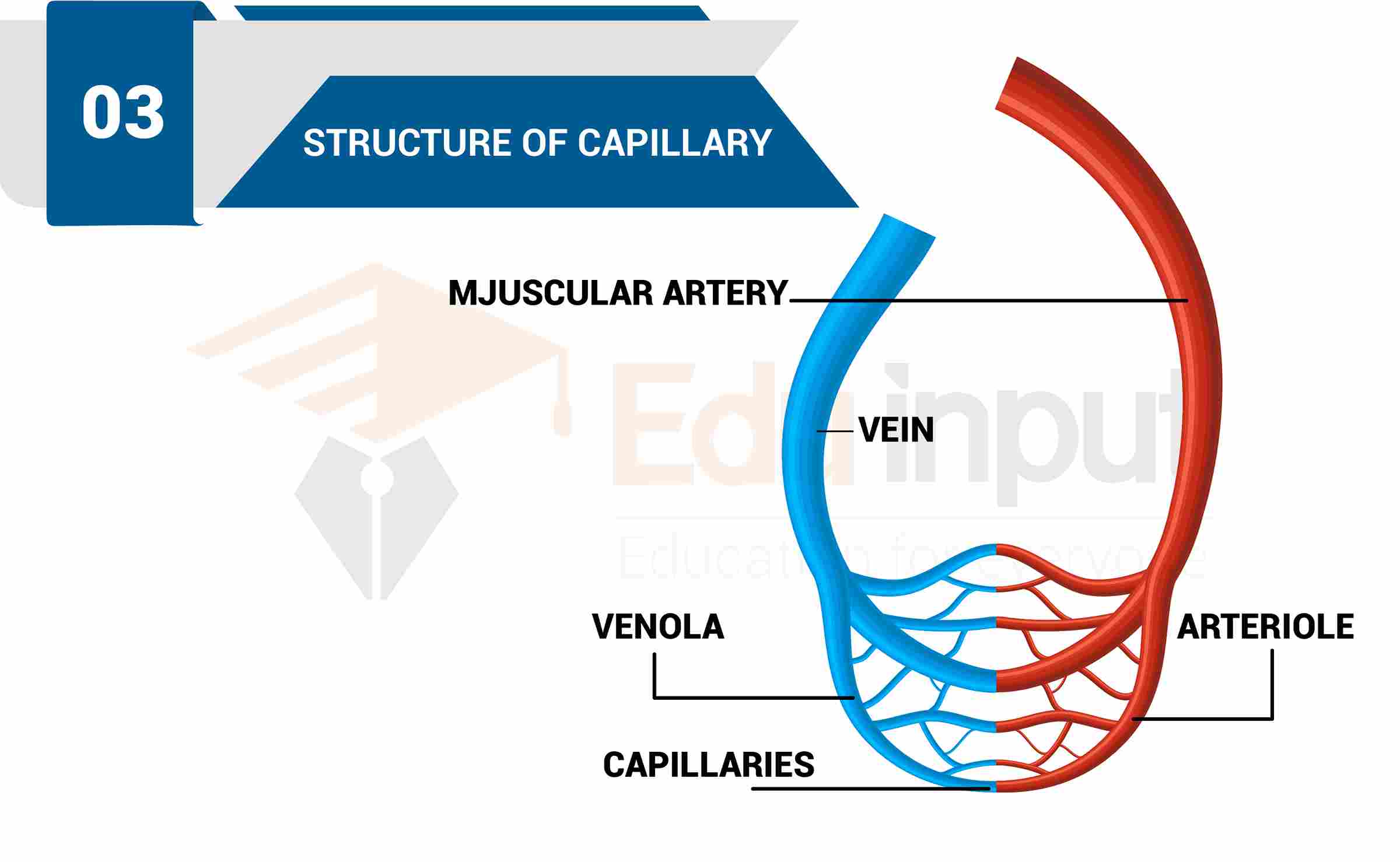What is Xylem?-Components and Types
Xylem is a type of tissue found in plants that transports water from roots to leaves. The word comes from the Greek words xylon (wood) and hylē (water).
Xylem is also known as woody tissue because it contains cells called tracheids. These cells are responsible for transporting water through the plant.
Components Of Xylem
Xylem Is composed of the following types of tissues:
Tracheary Elements:
The water and salt conducting cells of the xylem are called tracheary elements. These cells are elongated and lignified. They have a thick secondary wall with various types of pits. These cells are non-living at maturity. Tacheary elements are of two types.
Vessel Members:
The tracheary elements, which look like short, wide tubes with perforated end walls, are called vessel members. These vessel members are joined end to end to form long xylem vessels, which transport water and minerals throughout a plant. The length of xylem vessels varies in different plants.
Tracheids:
The tracheary elements, which look like elongated tubes with tapering ends, are called tracheids. They don’t have perforated plates on the end wall. Water moves from one tracheid to adjacent tracheids through pit membranes. All vascular plants have tracheids.
Fibers:
Cell fibers are most often found in the xylem, where they work to support the plant by performing various elongated functions with thick walls. When these fibers are no longer needed, they die off and become mature cells. The fibers in the xylem are divided into two types:
(a) Fiber tracheids: They are like tracheids. But they have a very thick wall. These walls have some remnants of the bordered pit.
(b) Libriform tracheids: These fibers are narrower. They have a remnant of simple pits in their walls.
Parenchyma:
Parenchyma cells are found in both the primary and secondary xylems. Primary xylems are arranged in vertical rows. They are parallel to tracheary elements. In secondary xylems, parenchyma cells are arranged in both vertical rows and transverse rows. Unlike other cells in the xylem, parenchyma cells are living. They retain protoplasts. Parenchyma cells store food in the form of starch.
Types Of Xylem
There are two types of xylems:
Primary Xylem:
The xylems that are produced during primary growth are called primary xylems. The components of the xylem are only vertically arranged in the primary xylem. In this case, the xylem elements are arranged parallel to the axis of the plant, and the plant forms the axial system. The primary xylems are produced from the procambium during primary growth. There are two forms of primary xylems:
(a) Protoxylem: The primary xylems that appear early on during differentiation are called protoxylems. They mostly mature before the elongation phase. Protoxylems have few treachery elements, but they make up for them with a large number of parenchyma cells. They are mostly present near the pith in the stem. In the root, they are present away from the center.
(b) Metaxylem: The xylems that appear later during differentiation are called metaxylem. Metaxylem matures after the elongation phase. Metaxylem has spiraled, reticulate, and pitted walls. Metaxylems are composed of tracheids, vessels, and parenchyma fibers. Metaxylems remain functional only in plants in which secondary growth does not occur (grasses). In other plants they become non-functional.
Secondary Xylem:
The xylems produced as a result of secondary growth are called secondary xylem. These xylems are produced by the cambium, and they are only found in plants that experience secondary growth. There are two types of secondary xylem: those which form axial systems, and those which form ray systems. Secondary xylems are composed of two types of systems:
(a) Axial or vertical systems: In this case, xylem elements are present parallel vertical axis. They are mostly composed of dead tracheary elements (tracheid and vessels), fibers, and parenchyma.
(b) Radial or transverse system: This system contains only parenchyma cells. The long axes of the cells are at right angles to the long axis of organs. They form xylem rays. Most of the cells in this system are living.
Arrangement Of Protoxylem And Metaxylem
There are three types of arrangements of protoxylem and metaxylem:
1. Exarch: In this case, the protoxylem is lying on the periphery of the metaxylem.
2. Mesarch: In this case, the protoxylem is lying in the middle of the metaxylem.
3. Endarch: In this case, the protoxylem is lying towards the inner side of the metaxylem.






Leave a Reply